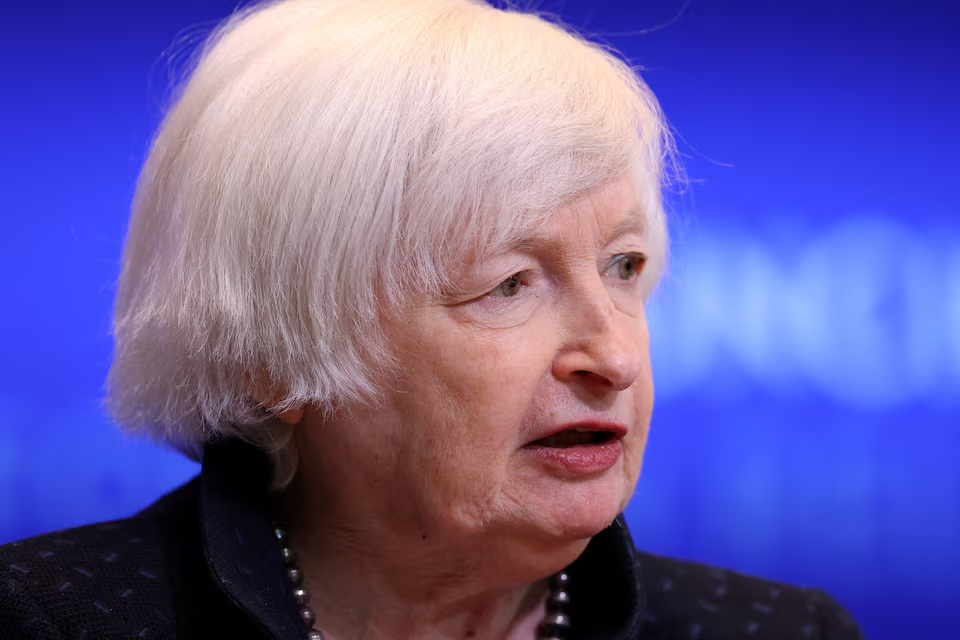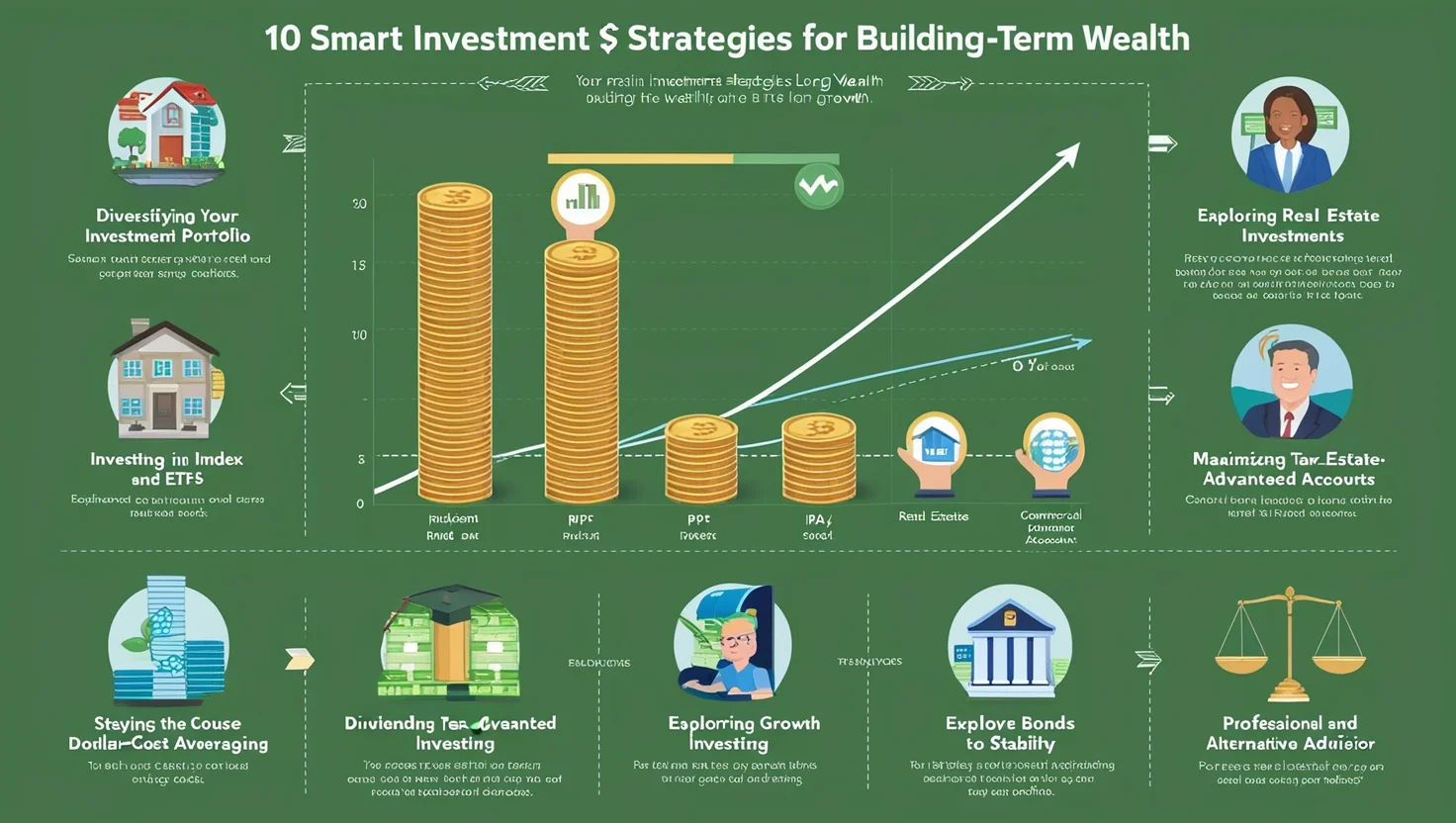U.S. Treasury Secretary Janet Yellen has issued a stark warning that the United States will hit its statutory borrowing limit on Tuesday. To avoid breaching the $36.1 trillion debt ceiling, the Treasury will begin deploying “extraordinary measures” to maintain government operations and stave off a potentially catastrophic default. This critical issue marks an immediate challenge for President-elect Donald Trump, who will inherit the economic uncertainty as his administration begins on Monday.
Extraordinary Measures to Prevent Default
In a letter addressed to congressional leaders on Friday, Yellen stated that the Treasury would take steps to manage the debt ceiling until Congress acts to raise or suspend it. These measures include suspending investments in two government employee benefit funds:
- Civil Service Retirement and Disability Fund
- Postal Service Retiree Health Benefits Fund
These adjustments will free up borrowing capacity but will require the Treasury to restore the funds once the debt ceiling is raised or suspended.
Yellen emphasized the uncertainty surrounding how long these extraordinary measures can sustain government obligations, citing challenges in predicting U.S. government payments and receipts months into the future.
A Historical Debt Ceiling Crisis
The U.S. debt ceiling was first introduced in 1917 to provide the Treasury with borrowing flexibility while maintaining congressional oversight. The modern debt limit system was implemented in 1939, with an initial cap of $45 billion. Since then, Congress has raised the ceiling 103 times to accommodate increasing government spending.
As of October, U.S. publicly held debt stood at 98% of GDP, a sharp increase from 32% in October 2001. This growing fiscal imbalance underscores the urgency of addressing the borrowing limit to maintain the full faith and credit of the United States.
Challenges for the Incoming Trump Administration
President-elect Donald Trump’s Treasury pick, Scott Bessent, will face the immediate challenge of navigating this debt ceiling crisis. Bessent, a hedge fund manager, described the debt ceiling as a “nuanced convention” during his Senate confirmation hearing. He expressed willingness to collaborate with Congress and the White House if Trump decides to eliminate or extend the borrowing limit.
Trump himself has criticized the lack of a debt ceiling solution, calling it “one of the dumbest political decisions made in years.” However, Republican lawmakers have historically viewed the ceiling as a key leverage point in fiscal negotiations, making its resolution a politically contentious issue.
Economic Risks of a Default
Failure to address the debt ceiling could have severe economic repercussions:
- Federal Obligations: The Treasury may be unable to meet obligations such as Social Security payments, military salaries, and interest on the national debt.
- Market Volatility: A U.S. default would likely shake global financial markets, undermining investor confidence in U.S. Treasury bonds, traditionally seen as a safe haven.
- Economic Growth: Default risks could dampen economic growth and lead to higher borrowing costs for the government and consumers.
Budget analysts estimate that extraordinary measures could sustain the Treasury for several months, depending on tax revenue strength. However, the clock is ticking for Congress to act.
Historical Context of the Debt Ceiling
The debt ceiling has long been a point of contention in U.S. politics. Initially established to provide flexibility during World War I, the ceiling has since evolved into a tool for fiscal policy debates. Key historical milestones include:
- 1939: Introduction of the modern aggregate debt limit.
- 1985: The Gramm-Rudman-Hollings Act tied the debt ceiling to budget deficit reduction efforts.
- 2011: The U.S. credit rating was downgraded for the first time during a protracted debt ceiling debate.
Today, the debate over the debt ceiling reflects broader disagreements over government spending, taxation, and fiscal responsibility.
Yellen Urges Congressional Action
Yellen’s letter calls for Congress to raise or suspend the debt limit promptly to protect the nation’s financial stability. She warned that any delay could erode confidence in the U.S. economy, stating:
“Failure to act would risk undermining the full faith and credit of the United States.”
Conclusion
As the U.S. approaches its debt ceiling, the stakes are high for the incoming Trump administration, Congress, and the global economy. While extraordinary measures provide a temporary reprieve, a long-term solution is essential to ensure the country’s ability to meet its obligations.
The debt ceiling debate underscores the need for bipartisan cooperation to maintain financial stability and uphold the United States’ reputation as a global economic leader
Stay informed on the latest U.S. fiscal policies and their impact on the global economy. Subscribe to our newsletter for expert analysis and updates.














